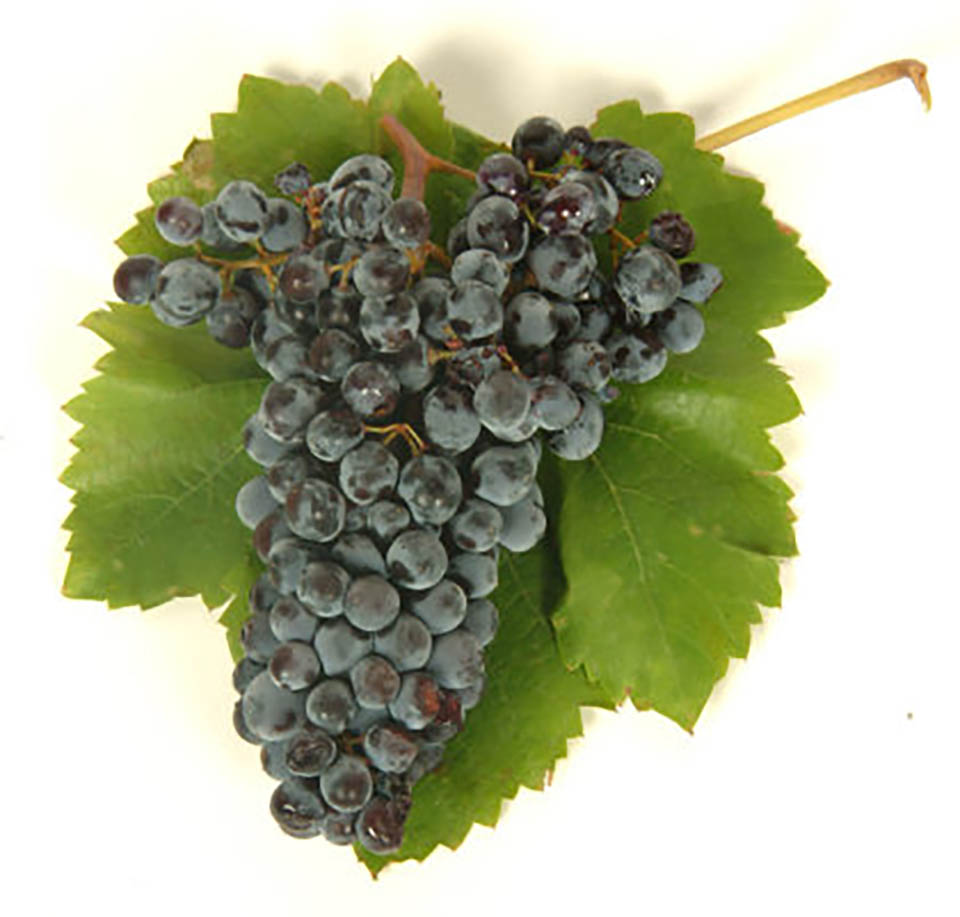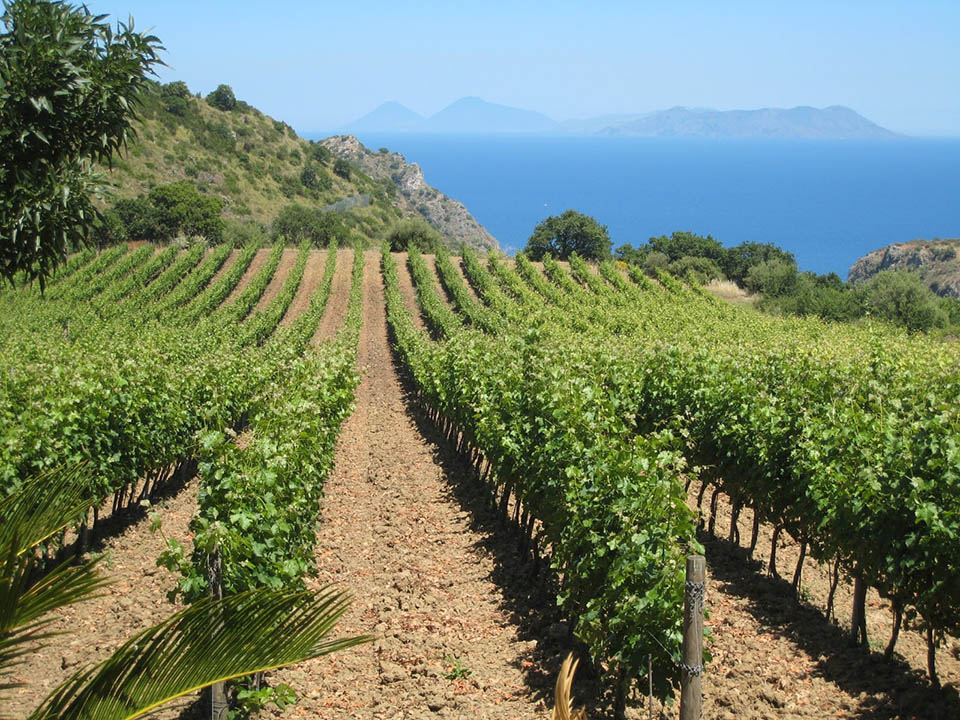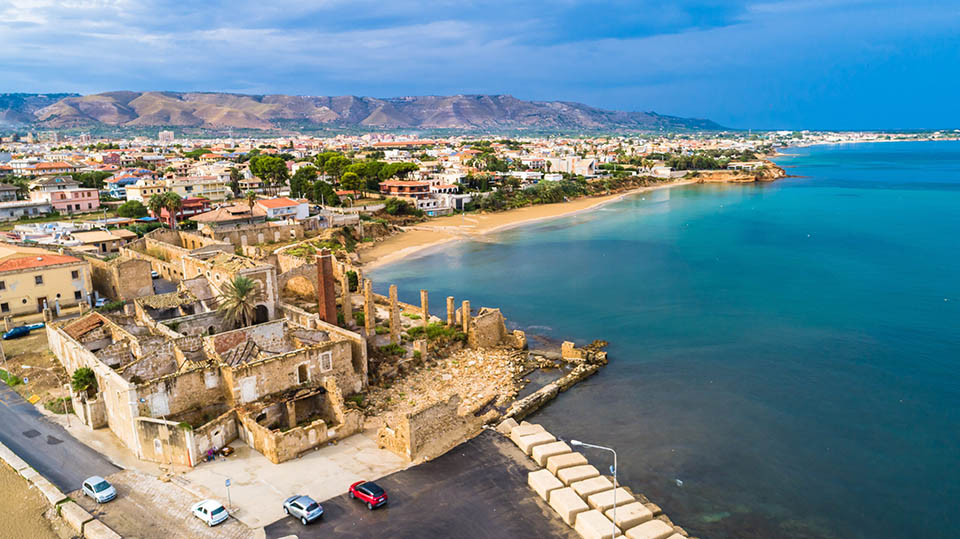
“From the warm waters of the Tyrrhenian Sea to the snowy peaks of Mount Etna”, reads the travel brochure, “Sicily has most of the climates found in the rest of Italy concentrated in one beautiful island. It’s a place that will defy your expectations. For example, most of the grapes planted here are white, not red, despite the warm climate. The soils here are not volcanic, despite it having Europe’s tallest volcano. And it’s not all about beaches and soft sand; Sicily has its fair share of mountains.”
The enthusiastic writer of the brochure doesn’t tell us that Sicily also has strong English connections, at least, as far as wine is concerned. In 1773, a Liverpool wine merchant by the name of John Woodhouse landed at the Sicilian port of Marsala, a rather grim-looking town at the western tip of the island. He wouldn’t have landed there at all if his ship hadn’t been forced into the port by a fierce storm. Woodhouse found that the local wine, the strong, aromatic vino perpetuo was much to his liking and tasted rather like sherry, which at the time was a tremendously popular drink in England. Perhaps realizing the opportunity to make a quick buck, Woodhouse bought fifty 100-gallon barrels which he shipped back to England. It must have seemed a wild gamble but Woodhouse was right. The wine proved so popular in Engand that Woodhouse, presumably overjoyed with the financial success, returned to Sicily and in 1796 set up a winery in a disused factory. Marsala wine is traditionally aged in wooden casks and made using a process called in perpetuem, a method that had been in use in the region for centuries and rather like the solera system used to produce sherry in Spain.
John Woodhouse’s success with Marsala did not go unnoticed and other English wine entrepreneurs soon arrived to cash in on the Marsala boom. The most famous of these was Benjamin Ingham who arrived in Sicily from Leeds in 1803. In 1806 he set up his own wine company and eventually became one of the richest and most powerful individuals on the island. Ingham built a enormous business dynasty in Sicily and opened new markets for Marsala wine in Europe and the Americas. His wine business was eventually nationalized by Mussolini in 1927 and is now owned by the Cinzano Company. Marsala has shared the fate of Sherry and has sadly fallen out of popularity in many other parts of the world, though it’s still used in cooking and in making the creamy iconic Italian dessert, zabaglione.
Sicily has many more wines to offer as well as Marsala. The island has the classic Mediterranean climate which delivers ample sunshine hours and reliable moderate rainfall to vineyards throughout the region. Persistent coastal breezes ensure that canopies of vines are kept dry and well-ventilated. The local grape, Nero d’Avola (also known as Calabrese) makes some of the best Sicilian wines and often referred to as Sicily’s “king of red wines.” It’s a particularly fruity and spicy and deep red wine which sometimes has the taste characteristics of Merlot or Shiraz.
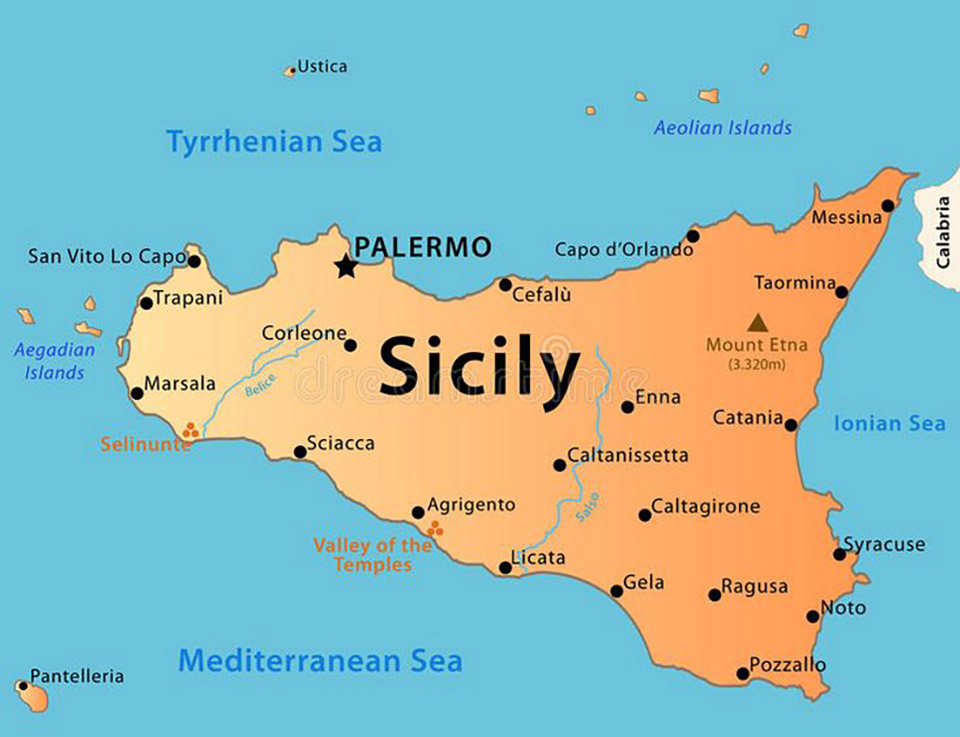
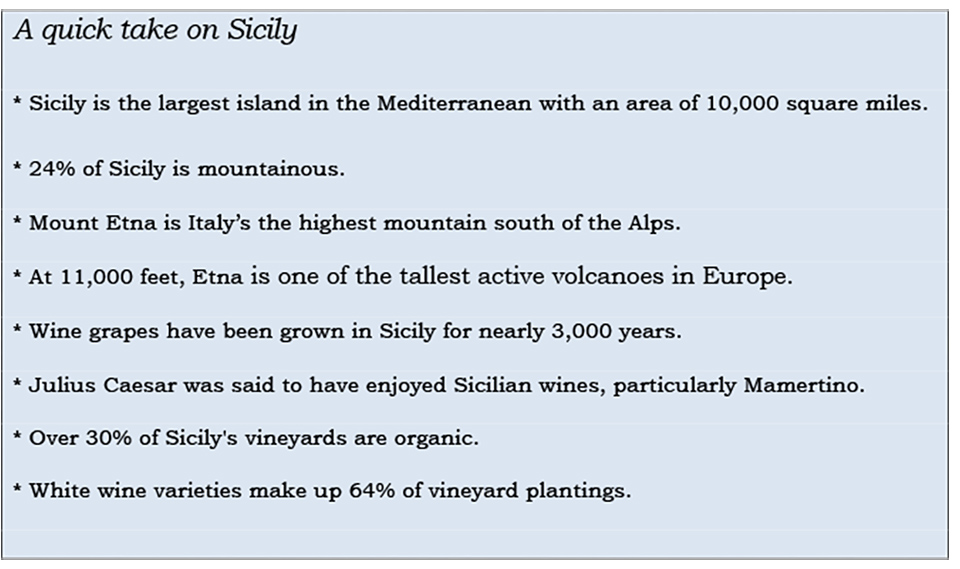
Vento di Mare Nero d’Avola, Sicilia DOC, (red) Italy ฿730 @ Villa Market.
Let’s start by decoding the Italian bits of the label. Vento di Mare – as you might have guessed – means “sea wind” and it’s one of the trade names used by Cantine Ermes, a major Sicilian wine producer. Nero d’Avola is the grape variety and is one of Italy’s most important indigenous varieties. The name means “black of Avola” and refers to the black skin of the grape and the seaside town of Avola on the south-eastern coast of the island a few miles south of Syracuse. This grape is a hearty red variety which is exported around the world. Nero d’Avola was cultivated here several hundred years ago but more recently has spread throughout the island. You probably know (or should, if you’ve been reading these columns long enough) that the DOC abbreviation stands for Denominazione di Origine Controllata, (“Designation of Controlled Origin”) one of the four Italian wine classifications. Incidentally, the wine comes with a cork closure rather than a screw-top.
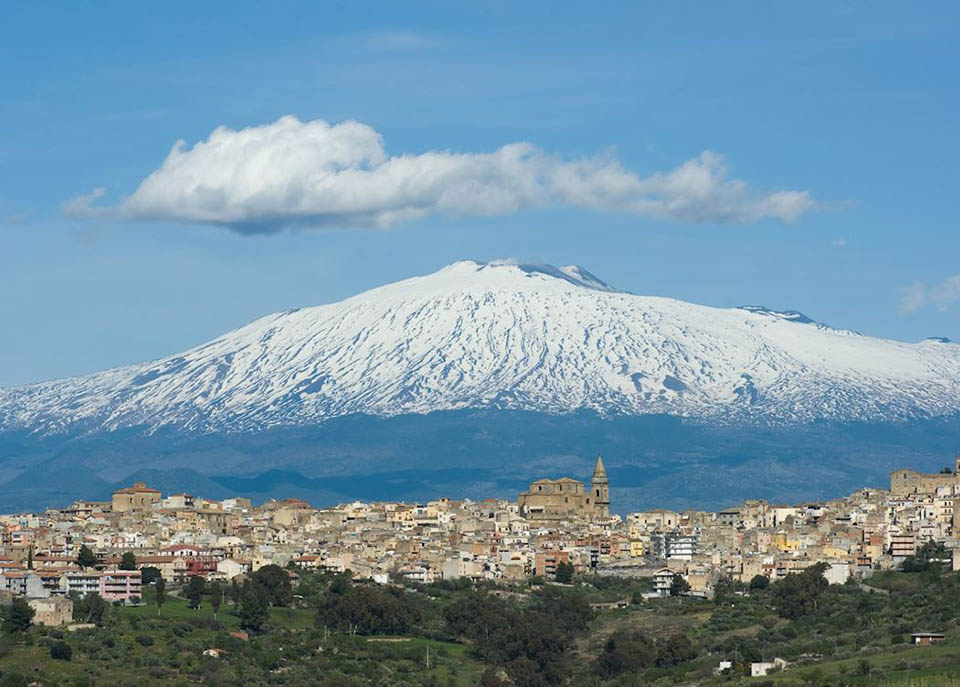
Described by one reviewer as “soft and easygoing” this is a simple but enjoyable wine ideal for informal everyday drinking. Made from 100% Nero d’Avola, the grapes were grown organically and the wine matured in stainless steel tanks. It’s a dark inviting ruby red colour with hints of purple. There’s a rich, fruity aroma which reminds me blackberry, black cherry and spices. I thought I could detect the aroma of red currants too as well as a dash of dried herbs. There is also a slightly earthy quality which reminded me of a Merlot. At a heady 13.5% ABV, this medium-bodied wine has a sharper taste than expected, but a soft and attractive mouth-feel, plenty of peppery fruit, a satisfying grip of dry tannins with a pleasing crisp and dry light finish.
Like most Italian wines, it would be perfect as a food wine and would make an excellent partner for rich and savory beef or lamb dishes. I tried it with a pepperoni pizza and the two worked well together. Strong cheese also springs to mind. I suggest that you serve this wine a few degrees under the ambient temperature so that it feels slightly cool (but not cold) in the mouth. This will bring out the pleasingly firm structure of the wine.
